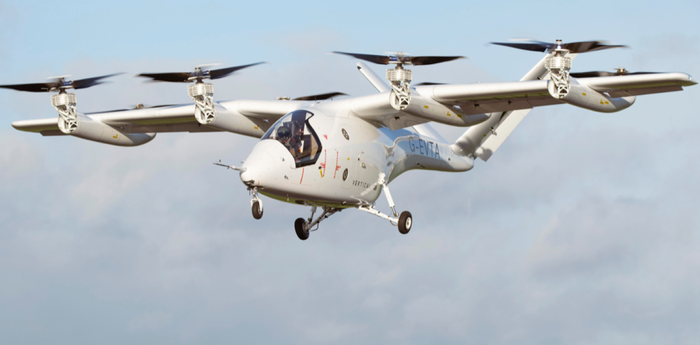Can Internet of Things Data Be Trusted?Can Internet of Things Data Be Trusted?
In an era of data deluge, knowing which information to trust has never been more important — or harder.
December 20, 2016

By now, it’s clear we live in a bubble of information, an algorithmically imposed closed loop of sources and data spewing out a false narrative. And I’m not just talking about our current political climate, either. Businesses can’t make sense of their markets when they don’t know what customers are doing on the far edge. Customer satisfaction surveys, like public opinion polls, aren’t enough.
The business landscape is littered with companies that created silly products or made foolish decisions based on misleading information from market research and anecdotal evidence. New Coke comes to mind. But really, it happens all the time. We need better information, a more complete and truthful picture.
In business, a big part of the problem has been a lack of endpoints, writes Sam Ransbotham, associate professor of information systems at the Carroll School of Management at Boston College, in an MIT Sloan Management Review article. Managers don’t really know the business outcomes from their decisions, as opposed to, say, sports games and political elections with clear winners and losers.
Related: Will Internet of Things Ignite “Power by the Hour”?
“As a result, based on data, managers may mistakenly continue to invest resources in activities that they shouldn’t,” Ransobotham says. “For example: One machine is taken out of service for maintenance unnecessarily while a seemingly functional machine breaks down. While a breakdown is observable, unnecessary downtime is hard to assess.”
Enter the Internet of Things, a collection of sensors on the far edge gathering data on customer behavior or equipment use, which, in turn, feeds into an analytics engine. The big idea is to employ machine learning to detect patterns and make predictions that come close to a clear endpoint.
Done right, predictive insights gleaned from IoT data can disrupt entire industries. Some manufacturers of IoT-equipped machines, for instance, have solved the exact problem that Ransobotham posited above. In what’s called predictive maintenance, they’ve figured out maintenance lifecycles of machines to such a degree that they’ve disrupted their business models, such as renting machines instead of selling them.
Predictive maintenance can reduce downtime by as much as 50 percent, extend machine life, and lower equipment and capital investment by up to 5 percent, according to McKinsey. All tallied, companies stand to save $630 billion by 2025. Along the way, manufacturers can offer information services from aggregate equipment usage data. (For more, check out Will Internet of Things Ignite Power by the Hour?)
But IoT can work against companies, too. There’s no question it breaks open the floodgates to a data deluge. More data means higher risk of the wrong data getting into the analytics system, thus skewing results. If the analytics engine isn’t up to snuff, or personal bias has crept into the model, then the odds of getting wrong insights skyrockets.
“Gathering additional data from multiple sources may just increase volume and offer the illusion of more evidence, when instead it actually reinforces systemic error rather than enriching the story,” Ransbotham says. “Data may become less reliable as incorrect data becomes increasingly abundant and convenient.”
The end result, of course, would be another false narrative.
About the Author
You May Also Like






